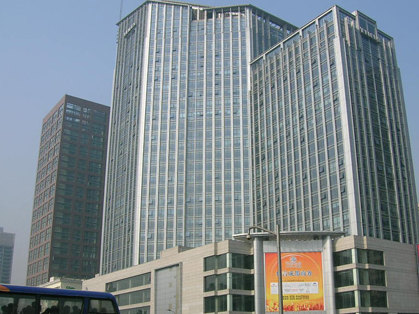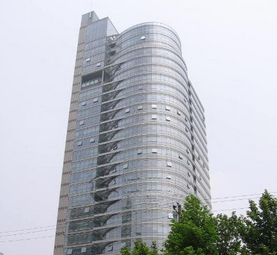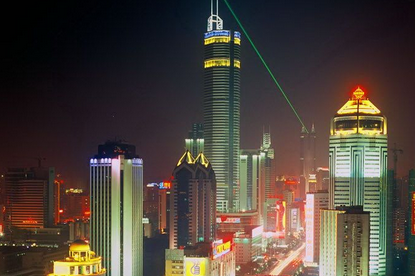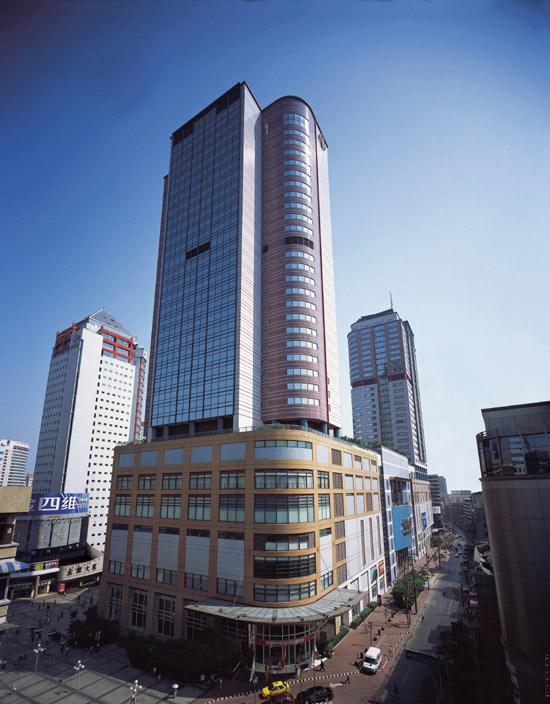Listen to part of a lecture in a choreography class.
Now, when you think about choreography, well, uh, for your last assignment, you choreographed the dance that was performed on stage in front of live audience.
Now, screen dance is very different.
It is a dance routine you will be choreographing specifically to be viewed on a screen, on a computer screen, a TV screen, in a movie theater, any screen.
So the question we have to ask is, what's the difference between choreography for a live performance and choreography for on-screen viewing?
OK. Think for a minute.
When you see a movie, is it just a film of people acting on a stage?
Of course not. Movies use a variety of camera angles and creative editing.
Movies can distort time, slow movement down, or speed it up, show actors fading in and out of scenes, etc.
All of these... all of these film-making techniques, things that can't be used in a live performance, are possible in a screen dance.
Now, we'll cover these concepts in greater detail later, but you should be getting the idea that I don't want you to just film dancers on stage and turn it in as your screen dance project. Uh, Yes? Debbie.
But isn't something lost here, Professor Watson?
I am a dancer, and when I perform on stage, I am so energized by the audience's reactions, the applause.
I actually, and for a lot of dancers, it... it really inspires us.
You're right. Screen dance, which is a relatively new, isn't for everyone.
Uh, some dancers may seem reluctant to participate in your project, because they do thrive on the immediacy of performing live.
If this happens, you could point out that screen dance offers other ways for dancers to connect to their audience.
For example, dancers can express themselves, even change the whole mood of the scene through a facial expression.
And you could film close-up shots of their faces.
Facial expressions aren't as important in live performances generally, because the choreographer knows that someone in the back row of a theater may not be able to see a dancer's face clearly.
But... um, I have never used a movie camera or edited film before.
How will we learn everything we need to know to... ?
Oh, don't worry. The cameras you will be using are pretty simple to operate.
And you'll get to play with the film-editing software several times before beginning your project.
You'll also have the option of working with a student in the film department, someone who's familiar with the technology.
But the choreography and the end result will be your responsibility of course.
Could you talk some more about the film-making techniques, you know, the ones that work best for screen dances?
I'll show some of my favorite screen dances next week to give you a better idea.
But, uh, OK. Here's one technique that can create the illusion of flow in a screen dance.
You film the same dancer, entering and exiting the frame several times.
Moving slowly at first, then faster and faster.
Then in the editing room, you can digitally manipulate these images, like you might put five or ten or twenty copies of that same dancer meeting himself in the middle of the screen, to make it look like he is dancing with himself.
Obviously, this can't be done in a live performance.
Another example, in one screen dance I saw, the dancers leap through sheets of fire in a big abandoned building.
Of course, the building wasn't really on fire.
A technique called super-imposing was used.
The dancers were filmed and later, in the editing room. The fire was added to the background.
That sounds awesome. But if anyone can watch a dance on a computer screen, why would they pay to go see a live performance?
What if screen dance got so popular that it replaced live dance?
Screen dance is an entirely different type of presentation.
It could never replicate the immediacy, the kind of drama that live performance offers.
There will always be an audience for that.
I think what screen dance will do, though, is heighten awareness of dance in general.
Because it is a way... uh, it can reach people in their homes, in their workplaces, at anytime really.
And if someone discovers that they love dance by watching a screen dance, there's a good chance they will get interested enough to buy a ticket to see a live performance.
And in the zones on the edges of the plates where different plates meet and interact, that's what we get most of the Earth's volcanos.
On Venus, however, volcanoes are not clustered in discrete zones like they are on the Earth.
Instead, they are more or less randomly scattered over the Venus' surface.
Well, that's significant.
Venus has mostly shield volcanoes, and they are randomly scattered that indicates that Venus doesn't have moving tectonic plates, and that's a big difference compared to the Earth.
Here on Earth, moving tectonic plates are a major geological elements,just crucial for the whole surface dynamics, right?
So why doesn't the Venus have them?
Well, there are a few theories.
Um, one of them is that this has to do with the fact that Venus has no surface water that's needed to kind of lubricate the movement of the plates, you know, like oceans on Earth.
Yeah, I forgot to spill that out, Venus has no surface water.
Wait a second.
Did you say we have the shield volcanoes on Earth? Can you give us an example?
Sure, the volcanos on the Hawaii islands in the Pacific Ocean are the shield volcanoes.
They are formed over a hot spot magma.
So while on Earth's we have several types of volcanoes, on Venus, there is mostly the one type.
Uh, Eric?
Are the volcanoes on the Venus still active?
Well, that's an interesting question.
There is still some discussion on that point, but here is what we do now.
First, the level of sulfur dioxide gas above Venus's clouds shows large and very frequent fluctuations.
It's quite possible that these fluctuations, the huge increase and decrease of sulfur dioxide happening again and again.
It's quite possible that this is due to volcanic eruptions, because volcanic eruptions often emit gases.
If that's the case, volcanism could very well be the root cause of Venus's thick cloud cover.
And also we have observed bursts of radio energy from the planet's surface.
These bursts are similar to what we see when volcanos erupt on the Earth.
So this two suggests ongoing volcanic activity.
But although this is an intriguing evidence, no one has actually observed a Venus' volcano erupting yet, so we cannot be positive.

















 分享成功
分享成功

















草莓小菇凉:说的非常好,十分有道理,棒棒棒!
06-08 15:44:55